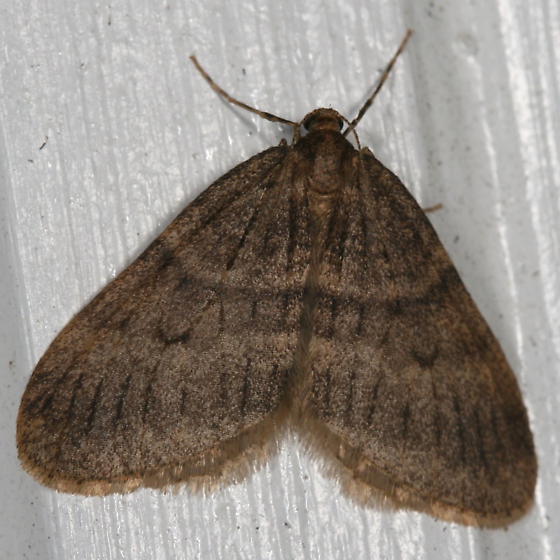Winter (moth) is coming
As fire fights fire, bugs shall fight bugs.
But, before the bug-battle royale, the Maine Department of Agriculture, Conservation and Forestry would like to know where to deploy the troops.
During its November 6 meeting, the Damariscotta Board of Selectmen heard all about the winter moth, an invasive species to the Pine Tree State. In December and January, the Department of Agriculture will deploy 62 moth traps from Kittery to Tremont, Lebanon to Gray, as well as in Damariscotta.
Department of Agriculture Project Initiator Charlene Donahue said the trick to each trap is essentially the same as a Pepe Le Pew cartoon: Male moths follow pheromones and end up in a trap.
“(The) trap is a half gallon-sized bucket with a funnel and a pheromone (female scent) that attracts the males,” she said. “Males go in and cannot get out.”
The winter moth attacks trees and other leafing plants. In 2011 it defoliated no acres, then in 2012 it affected 600 and is expected to harm more than 5,000 in 2013, according to the Department of Agriculture, Conservation and Forestry.
Initially, the moths came from Europe. Maine's moths most likely came from Massachusetts, which can point the finger to either Nova Scotia, British Columbia, Washington or Oregon, where the moths have been established.
After more research is done, the state will begin to fight the parasitic moth.
The weapon the state plans to unleash against the winter moth? The bantam-weight Cyzenis albicans, or parasitic fly.
“They have proved highly successful in Nova Scotia, Washington, and Oregon and are being released in Massachusetts and Rhode Island as well,” Donahue said. “Flies were released in Harpswell and Cape Elizabeth in 2012; more releases are planned over the next few years.
“Locations (will) be determined by the size of the infestations.”
Event Date
Address
United States




































